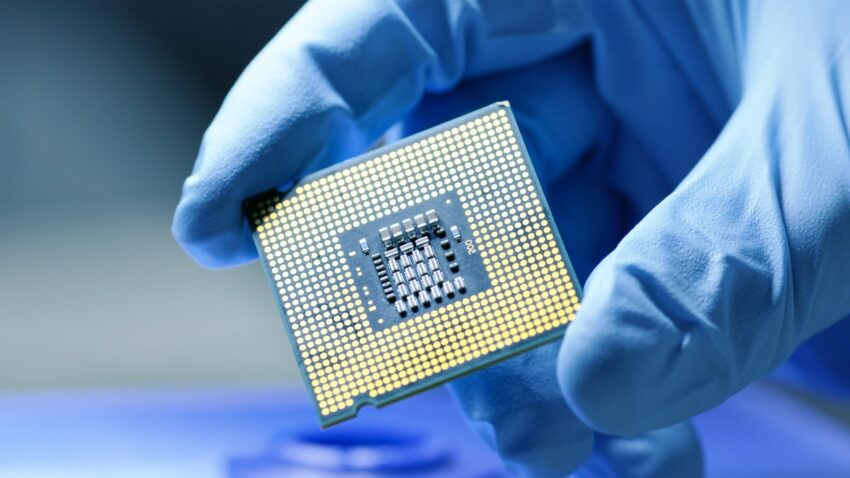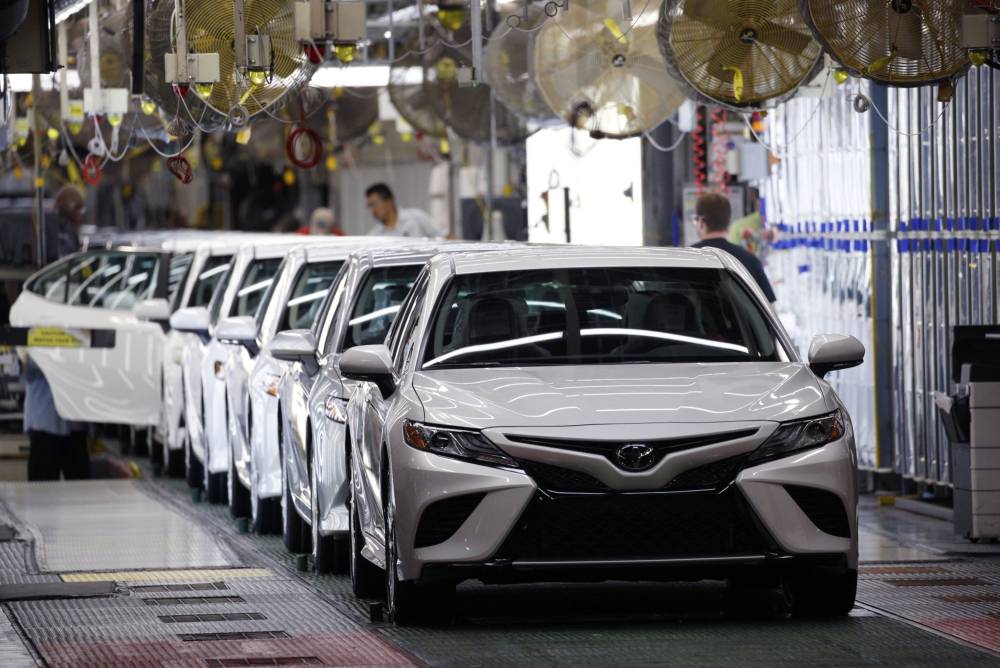Microchips are the basic building blocks of computers which allow electronic devices to process data. The scarcity of chips has exposed the modern world’s dependency on these tiny components. The shortage has sent shockwaves through the global economy, hampering supplies of everything from cars to most electronic gadgetry.
Shortage & the pandemic
The start of the Covid-19 crisis in early 2020 prompted a global spending spree on electronic items — from extra monitors as people rushed to set up home offices, to televisions and games consoles for beating lockdown boredom. Then temporary factory closures due to the pandemic also put pressure on supplies. And as plants reopened, electronic goods producers continued to place orders — creating an ever-increasing backlog for the chips.
Related: Toyota Production to Exceed 10 Million Units in 2022
The pandemic isn’t the only factor. A storm briefly halted production at several plants in Texas in February, and a fire ripped through a Japanese factory in March. US-China tensions are also part of the story. Last August, the US banned foreign companies whose chips use American technology from selling to Chinese tech giant Huawei, over espionage allegations. Huawei began stockpiling semiconductors ahead of the sanctions coming into effect, and other companies followed their lead, further straining supplies.
Auto industry was most affected
The global auto industry has been the most visible victim so far, with many brands forced to slow their output in recent times. As automakers slashed production early in the pandemic, their chip suppliers turned to clients from other sectors, such as the makers of electronic goods in high demand due to the pandemic.
Related: CATL Unveils Revolutionary Sodium-ion Batteries
Smartphone makers had been relatively protected so far as they had existing stockpiles of chips, but they too are starting to suffer. Apple CEO Tim Cook warned this week that the shortages are set to hit the production of iPhones and iPads. Smaller phone-makers are likely to be worse affected, analysts say. Games consoles like the PlayStation 5 and Xbox Series X have also been in short supply.
Will this crisis end soon?
Governments are hurrying to boost their chip and PCB making capacities. In May, South Korea announced a whopping $451 billion investment in its bid to become a semiconductor giant, while the US Senate last month voted through $52 billion in subsidies for chip plants, known as “fabs”. The European Union is seeking to double its share of global chip-manufacturing capacity to 20% of the market by 2030.

But factories cannot open overnight — particularly those that make semiconductors, a delicate process that involves pressing layers of chemicals into silicon. According to Ondrej Burkacky, senior partner and co-leader of the global semiconductors practice at consultancy McKinsey:
“Building new capacity takes time — for a new fab, more than 2.5 years — so most expansions that are starting now will not increase the available capacity until 2023. Long-term factors also meant global demand was in “hyper growth”, such as the trend towards companies storing their data in the cloud, requiring more and more data centers to be built — sites that use huge quantities of chips.”
Jean-Marc Chery, CEO of Franco-Italian chip-maker STMicroelectronics, said orders for next year have already outstripped his company’s manufacturing capacities. There is a broad acknowledgement within the industry that the shortage “will last up to next year minimum,” he said. Analysts say the continuing squeeze could lead to higher prices for consumers, for example SEB, a French maker of electronic kitchen equipment (juicers/ blenders etc) has already warned that it is being forced to hike its prices.
Source: (AFP) Press Reader

A computer animation professional with over 23 years of industry experience having served in leading organizations, TV channels & production facilities in Pakistan. An avid car enthusiast and petrolhead with an affection to deliver quality content to help shape opinions. Formerly written for PakWheels as well as major publications including Dawn. Founder of CarSpiritPK.com


